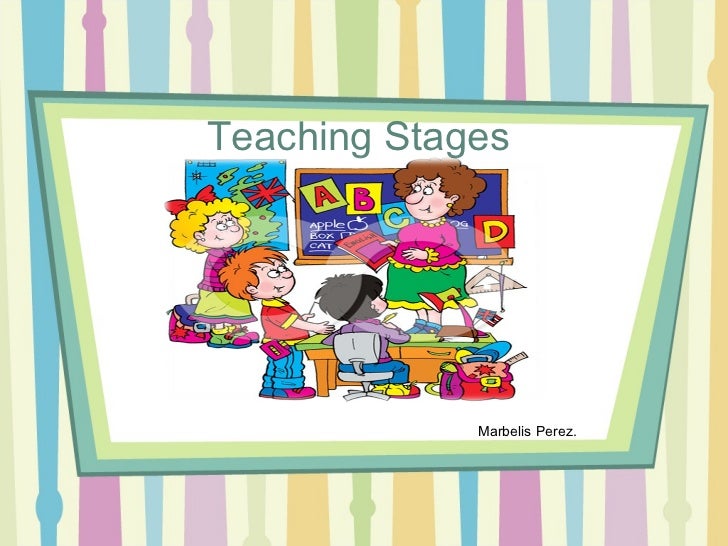ASSESMENT TYPES AND TASKS

It is really important to assess our students to know the development or progress during their learning process in a classroom.Teacher can use many methods to see if they are progressing or if they need to improve the language. For example a learner starts a new scholar year or semester so it is necessary that the teacher prepares an exam to know how they are with their knowledge and then teacher can begin with a new class depending on the results of that exams. Placement test is another way to assess them, it is use to decide in what level of class learners should go according their knowledge. On the other hand, we have achievement test is when learners take an exam at the end of a course to see how they have learned in that period.
Also we have different types of activities that we can use with them for example multiple choice questions, fill in the gaps, describe pictures, sequence, word order.
We must assess the four skills using different methods and activites that it can help us to know if we as teachers need to improve their classess or some strategies to teach, or if the students have to study more.
YouTube
Formative and Summative Assessment
Here you have some links for more information based on the topic:







